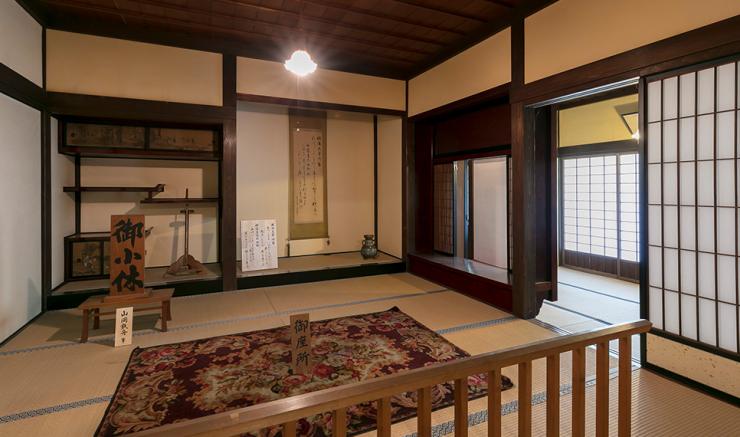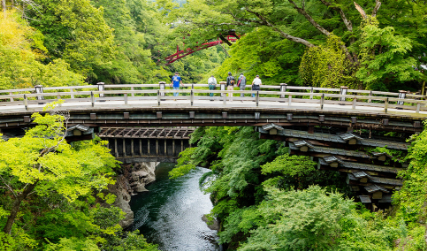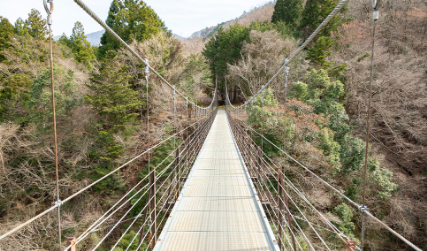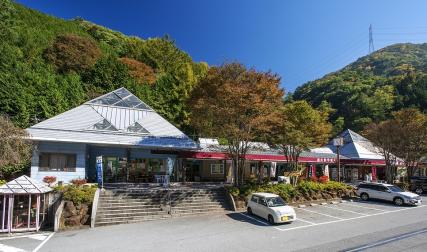Hanasaki Honjin (Hoshino House)
Main content starts here.

During the Edo period (1603-1868), there were five major highways connecting the capital of Edo (present-day Tokyo) to other parts of Japan. One of these routes was the Koshu Kaido, which led from Edo to Kai Province, today’s Yamanashi Prefecture. Villages along the highway were known as post towns, and they had inns and various other facilities catering to travelers. The finest inn in each town was known as a honjin and was typically reserved for exclusive use by feudal lords and high-ranking government officials traveling to and from the capital.
The Hoshino House is one such honjin, located in what was once the post town of Shimo-Hanasaki. As the name suggests, it belonged to the influential Hoshino family, the head of which served as the village headman and wholesaler. Toward the end of the Edo period, the family also became engaged in the medicine business.
The existing main building was constructed between 1849 and 1851 after the original was destroyed by fire in 1835. The two-story wooden structure with gabled roofs faces south, and the high railings on the second floor were once used for loading and unloading silkworms. The inn welcomed many distinguished guests, most notably Emperor Meiji in 1880, and his room has been preserved in its original state. Several of the buildings, including the main house, rice storehouse, miso storehouse, and library storehouse, were designated Important Cultural Properties in 1976.
Today, the back of the building houses the Fuji Natto Factory, where descendants of the Hoshino family have produced natto, or fermented soybeans, for the last 80-odd years. Made using a blend of Canadian soybeans, locally grown Otsuki soybeans, and Mt. Fuji spring water, Fuji Natto is one of the locality’s most popular souvenirs.
Category
Share
Venue Address
401-0015 193 Otsukimachi Hanasaki, Otsuki-shi
-

History & Culture
-

Nature & Outdoors
-

Attractions
Home of Mt. Fuji > Uncover > Hanasaki Honjin (Hoshino House)